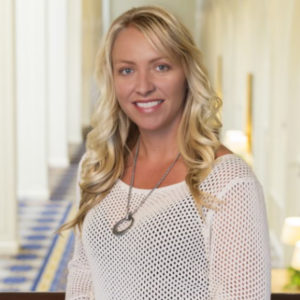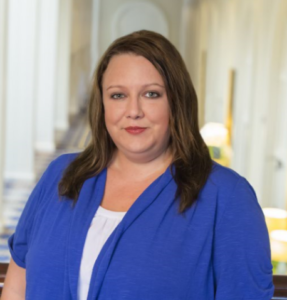by: Heather Willis, Senior Consultant
 In today’s digital era, the ability to verify information online is paramount for making informed decisions and preventing the spread of misinformation. Fact-checking plays a vital role in prospect research and due diligence, particularly for nonprofits who are seeking to gather reliable data, enhance fundraising strategies, and cultivate meaningful relationships with donors. It is beneficial to periodically remind ourselves of the importance of these practices that enhance our search experiences across various platforms such as Google. Below are some effective strategies to ensure the accuracy and reliability of online content.
In today’s digital era, the ability to verify information online is paramount for making informed decisions and preventing the spread of misinformation. Fact-checking plays a vital role in prospect research and due diligence, particularly for nonprofits who are seeking to gather reliable data, enhance fundraising strategies, and cultivate meaningful relationships with donors. It is beneficial to periodically remind ourselves of the importance of these practices that enhance our search experiences across various platforms such as Google. Below are some effective strategies to ensure the accuracy and reliability of online content.
Cross-Referencing Multiple Sources
One of the primary methods to verify information is by cross-referencing it with multiple reputable sources. This involves checking if different sources provide consistent information on the same topic. If several credible sources confirm the information, it is likely to be accurate. This approach helps to identify any discrepancies and gain a more comprehensive understanding of the subject matter.
Evaluating the Author’s Credentials [Read more…]


